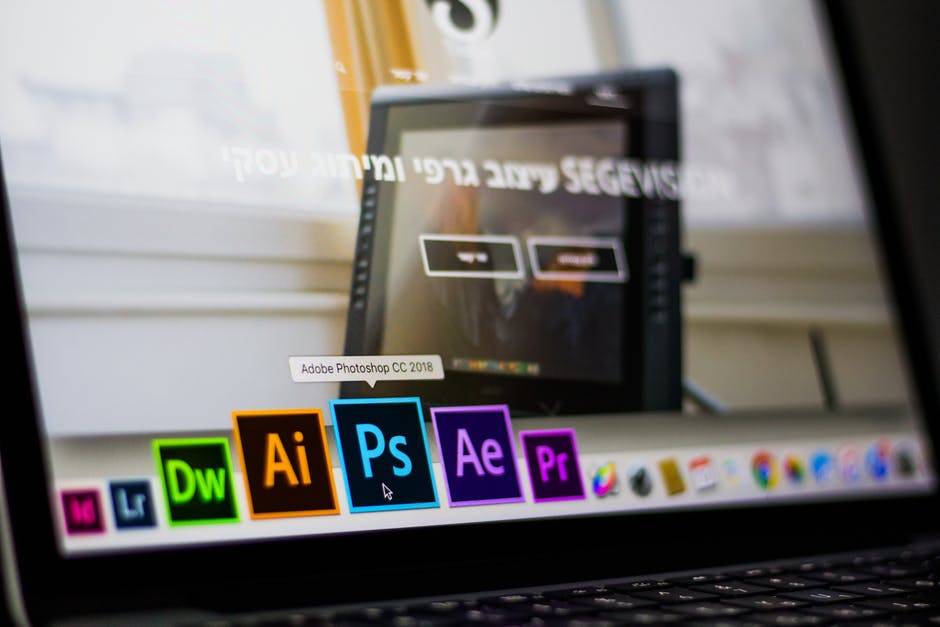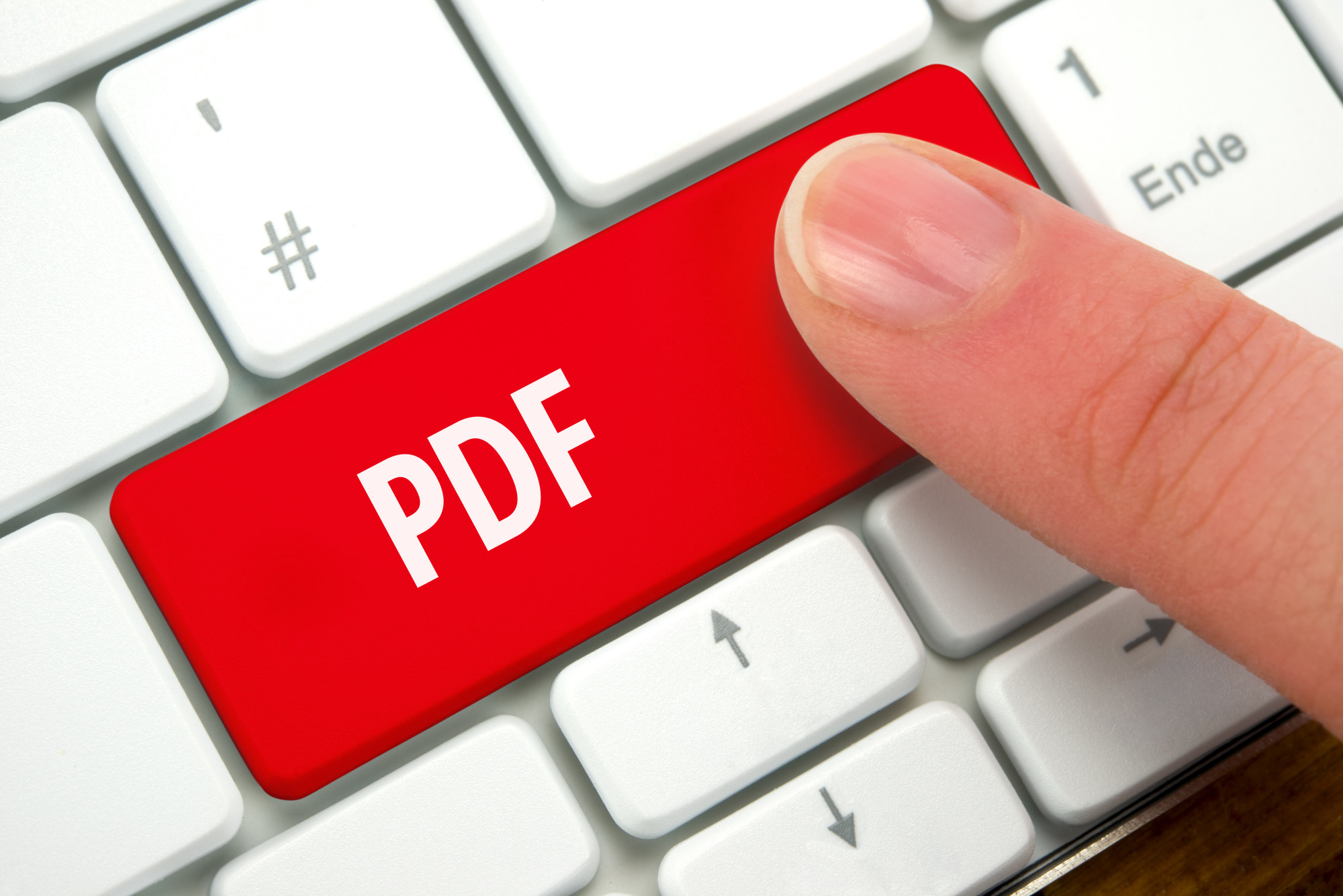If you’re on the track to becoming an Adobe Master, you need to know one thing: their systems work really well together.
That doesn’t mean everything is intuitive, though. Adobe started as a company with a few major pieces of software (such as Flash and Photoshop) but has fully evolved into a conglomerate of different tech with varying applications.
When it comes to these apps, they each have proprietary file types made to work for their system. Fortunately, these apps work well with each other. Here’s how to convert AI to PSD without breaking a sweat.
AI to PSD File Conversion
For reasons explained below, Adobe Illustrator and Photoshop each have certain roles in image creation and editing. However, it’s not a big deal if you started off working in the wrong system.
Because Adobe is aware these things happen, there are some pretty easy ways you can convert AI to PSD and vice versa so that you can work in the application best for your projects.
Convert AI to PSD In-App
To break it down as concisely as possible, if you have your Illustrator file opened, all you need to do is click on:
- “File”
- “Export”
- Click on the “Format” Menu
- Choose “Photoshop” or “PSD”
- Then confirm, by hitting enter or “Export”
Bam. File converted.
If you haven’t done much with your project, this shouldn’t be an issue. However, issues arise if there are several graphics in your image.
Illustrator projects are broken up into paths and groups, while Photoshop projects are usually broken up into layers. If you convert as-is, you likely will compress your different paths and groups unintentionally.
Therefore, to convert AI to PSD with layers, you need to ensure your individual paths are grouped properly into layers.
To do so, enable layers by clicking “Window” > “Layers” > “New Layer”. Drag your grouped pathways to this layer (or separate them into distinct layers if you so choose).
Finally, perform the steps above. In advanced settings, select “Write Layers” and “Maximum Editability” to ensure these layers transfer properly. Tweak any resolution or image data as you see fit, then click OK to convert to a PSD file.
Online Applications to Convert AI to PSD
There are options to do this outside of the Adobe apps and can be useful if you don’t have access to the other app while using its file type. It is recommended to use Adobe’s software, however.
And as with all online converters, make sure the site has a good reputation and won’t include any viruses or malware when you go to download your converted file.
Convert PSD to AI
Unlike the complexities of converting AI to PSD, Adobe has made it a tad simpler to do the opposite. Similar to AI files, in Photoshop go to:
- “File”
- “Export”
- Click on the “Format” Menu
- Choose “Illustrator” or “AI”
- Then confirm, by hitting enter or “Export”
When you open your newly converted file in Illustrator, there should be a prompt asking if you want to convert layers to objects. Ensure it is selected.
If you open the file and that’s not the case, you should be able to find the option in the settings. Enable it, and the image will appear correctly in Illustrator.
Adobe Mastery: Differences Between AI and PSD
Adobe’s suite of tools has a lot of overlap. Knowing the differences between Illustrator and Photoshop can save you a lot of headaches once you get going.
Their respective file types reflect these changes and are different in how image data is saved.
The AI File Format
AI stands for Adobe Illustrator (and not artificial intelligence, as might be expected). AIs and PSDs are similar in that they’re both proprietary to Adobe software.
The key difference between Illustrator files and Photoshop files is that Adobe Illustrator is a vector graphics editing program, as opposed to a bitmap of image data.
In essence, Illustrator is better for (you guessed it!) drawings and illustrations. Vector graphics can be cleaner and result in better image quality than images drawn in photoshop.
Vector images allow scalability in images, something that’s far easier to do than in bitmap formats, meaning that a small drawing can balloon quite easily.
In a nutshell, if you’re working in Photoshop but need drawings that can be scaled up and down without image quality loss, go with AI. Macs can open AI files in Apple preview, however, they need to be converted to PDFs to view on Windows.
The PSD File Format
The PSD file format is simply the default Photoshop file format. Often these files can be much larger than their completed projects as they contain layers of graphics, text, notes, masks, colors, images, filters, effects, gradients, and more.
The defining staple of what makes this a tremendous format to work in is the layers system. Rather than compress an image into a 2D image, there are numerous images layered overtop one another that, in PSD, can be edited.
After all, that’s why “Photoshop” is synonymous with digital editing and used as a verb, just like how “Google” is synonymous for search engine use.
Unfortunately, akin to AI, the PSD file type is proprietary. Most applications can’t make sense of the data saved in them, thus to edit images in another software they need to be converted.
If you have a lot of PSD files but don’t have access to Adobe Photoshop, there are alternatives, but they’re few and far between.
However, Mac users can open PSDs correctly using Apple Preview. Alas, editing is still quite limited.
All Matters of Digital File Conversion
With this newfound knowledge, you should now know how to convert AI to PSD files. Hopefully, you found it to be easier than learning the complexities of both programs themselves, as this is a task that shouldn’t be too hard to master.
Need other file types converted? This is our specialty. Whether it’s PNGs to JPGs, or PDFs to DOCX, we can do it.
Check out our different options on our home page for easy file conversions.









